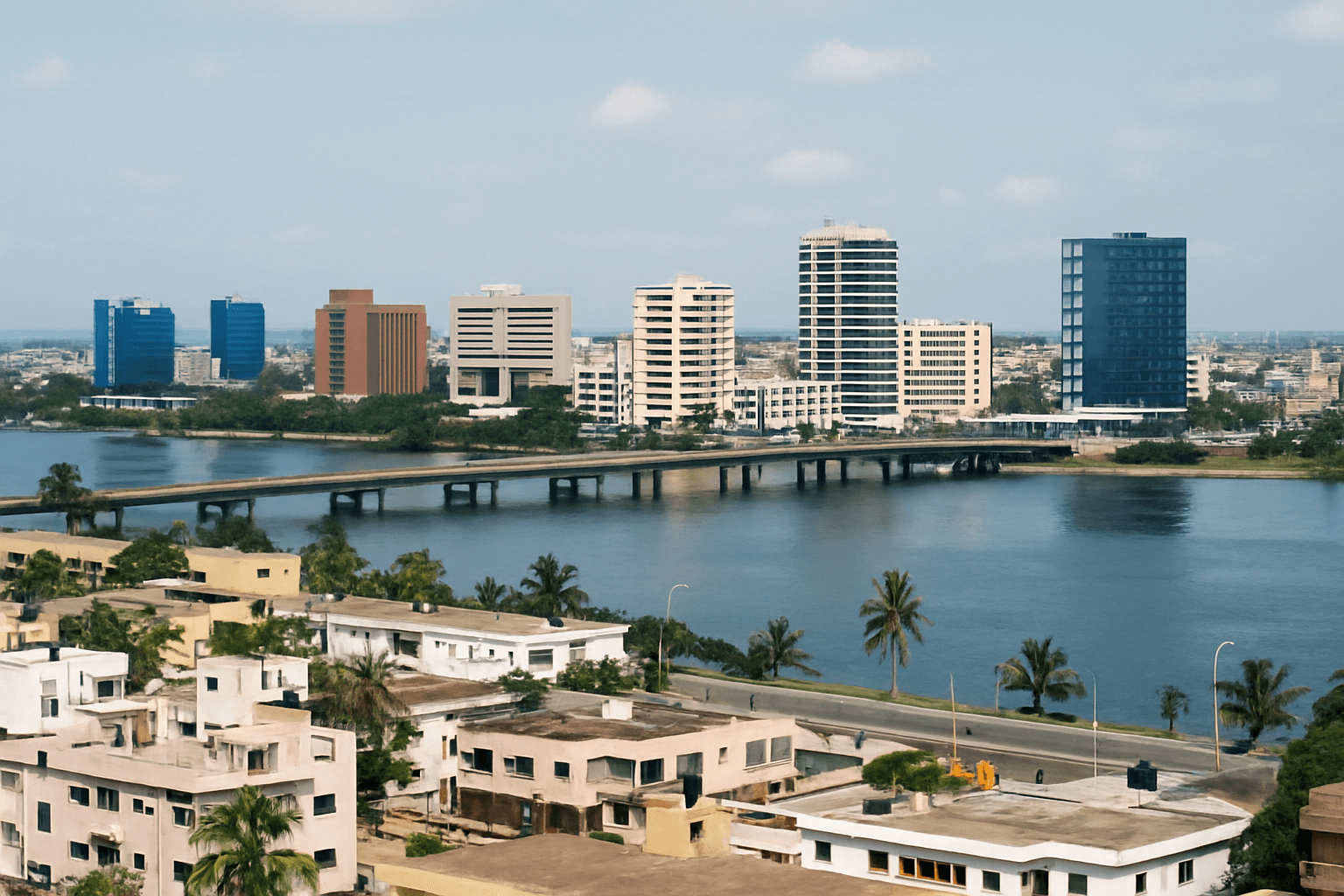What Is The Best Time To Visit Cotonou
The best time to visit Cotonou is from November to March, during the dry season. These months offer pleasant temperatures, low humidity, and minimal rainfall—perfect for sightseeing, beach visits, and cultural exploration. Avoid the heavy rainy months from May to July. Whether you’re exploring local markets or soaking up Benin’s coastal charm, the best time to visit Cotonou ensures comfort and memorable experiences under clear skies.
Peak, Shoulder, and Off Seasons
Cotonou Monthly Weather
|
Month |
Temp High/Low (°C) |
Avg. Rainy Days |
|
January |
32 / 24 |
1 day |
|
February |
33 / 25 |
2 days |
|
March |
33 / 26 |
4 days |
|
April |
32 / 25 |
9 days |
|
May |
30 / 24 |
14 days |
|
June |
29 / 23 |
17 days |
|
July |
28 / 23 |
12 days |
|
August |
28 / 23 |
5 days |
|
September |
29 / 24 |
10 days |
|
October |
30 / 24 |
8 days |
|
November |
31 / 24 |
3 days |
|
December |
32 / 24 |
1 day |
Month-by-Month Travel Guide
Travel Tips Before Visiting Cotonou
Conclusion
To sum up, the best time to visit Cotonou is clearly from November to March, when the city enjoys dry, sunny weather perfect for travelers. Whether you’re a beach lover, a cultural explorer, or a foodie, this vibrant coastal city in Benin offers an unforgettable experience. Avoid the peak rainy season from April to July for a smoother and safer trip. Plan ahead, pack right, and embrace the West African charm of Cotonou.
F.A.Q’s
Q1. What is the best time to visit Cotonou for beach activities?
A: The best time to visit Cotonou for beach outings is from December to March, when the weather is dry and the sea is calm.
Q2. Is Cotonou safe to visit during the rainy season?
A: While it’s generally safe, the rainy season (especially May to July) can bring flooding, muddy roads, and travel delays. It’s not the best time to visit Cotonou.
Q3. What are the hottest months in Cotonou?
A: February and March are usually the hottest months, with temperatures reaching up to 33°C during the day.
Q4. Are there any major festivals in Cotonou during the peak season?
A: Yes, many local and religious festivals occur between December and March, making it an exciting and vibrant time to visit.
Q5. What should I pack if I travel to Cotonou in November?
A: Pack light cotton clothing, sunglasses, sunscreen, and mosquito repellent. November marks the start of the dry season—ideal for comfortable travel.

